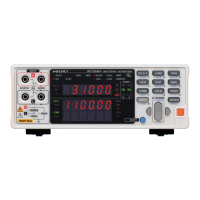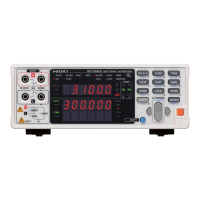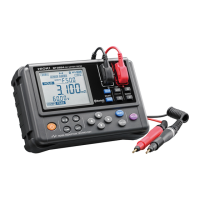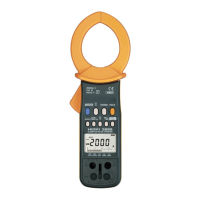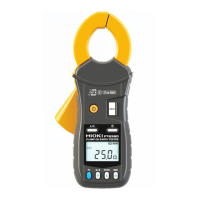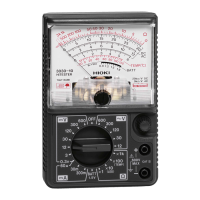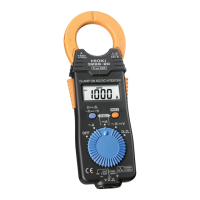Why is the measured value unstable on my Hioki BT3564?
- DDr. Brian Flores Jr.Aug 4, 2025
Unstable measurements can occur due to several factors: * Using a two-terminal connection can cause unstable readings due to contact resistance. Use a four-terminal connection instead. * Metallic objects near the probes can interfere with measurements. Keep the probes away from metallic objects during measurement. * Signal noise can affect readings. Twist cables, minimize the area of the fork, and consider shielding and grounding cables. * Overlapping forked loops of probes when using multiple Model BT3564 instruments simultaneously can cause instability. Avoid overlapping the loops. * Taking measurements too close to the instruments (less than 20 cm) can also lead to unstable readings. Maintain a distance of at least 20 cm.
